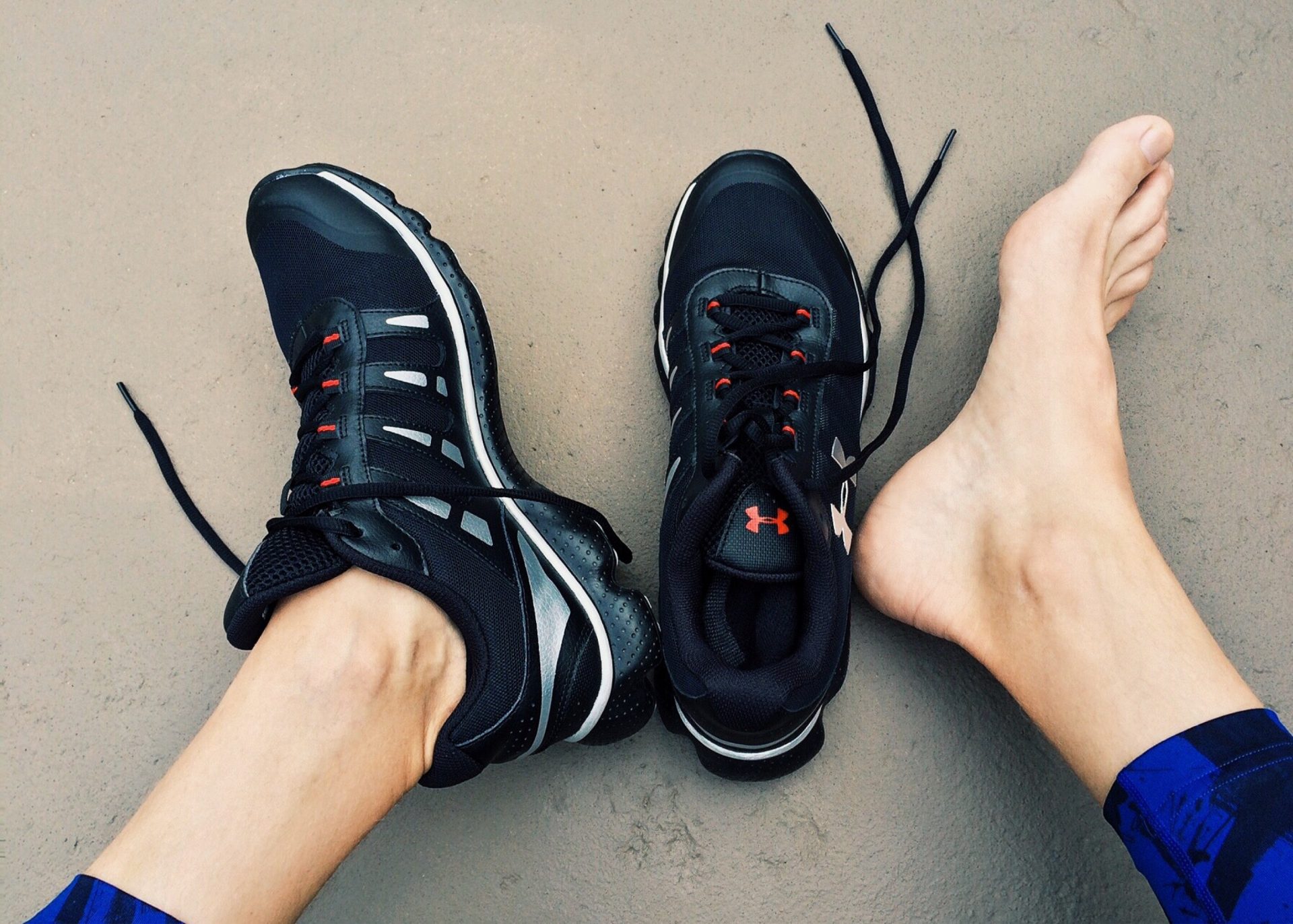Ankle injuries are a very common presentation at our clinic, as well as at emergency departments!
There has been a change in approach with managing ankle injuries over the last 20 years or so, and we now have some strong evidence suggesting what is and isn’t beneficial.
For most of these points, references are from the Kerkhoffs, 2012 paper.
What should I do?
Ice
When combined with exercise therapy it is helpful for swelling.
Use of ice intermittently (e.g. 15-20 minutes at time) is more beneficial than constant application of ice/cold.
Keep moving!
While a VERY short period of immobilisation (e.g. in plaster for up to 7-10 days for the more severe injuries) can be helpful, generally keeping your foot off the ground can significantly slow the recovery and also increase the risk of another injury.
We often use tape, or a brace to reduce pain to allow weightbearing more comfortably on the ankle.
The theme of ‘keep moving’ blends into rehabilitation at a later stage.
What I should consider but there isn’t a lot of research to support
Compression
Interestingly the data isn’t there to show this helps!
It’s unlikely to cause more issues but isn’t a necessity.
Rigid tape which we often use does provide some incidental compression as well as mechanical support for the joint.
Manual therapy (or mobilisation) of the ankle
Another ‘glass house’ here for physiotherapists – as much as we pride ourselves on our ‘hands on’ work it doesn’t appear to help – at least according to the current research.
I admit I do still use this but as an adjunct therapy only, and only in the ankle joints that are very stiff after injury.
Anti-inflammatory medication
There is mixed research here and not being a doctor I have to limit my comments a bit, however we often limit anti-inflammatory medications in the first 2-3 days after an injury but then use them for another 5-7 days after this – particularly if there is a lot of bleeding.
The advice varies based off the individual injury as well as any other general health issues.
What should I avoid?
Ultrasound therapy, laser, interferential and any other machines
There is significant research to show these interventions are not helpful (and this evidence has been around for 15 years now!).
It’s one of the frustrations of mine when placing a machine of someone’s ankle becomes the main method of treatment…
The take home messages
- Settle the ankle down – using ice, tape or brace.
- Get moving as soon as pain allows – Encourage normal movements, particularly around the knee and hip of the injured leg. A sport-specific rehabilitation program combined with tape/brace can reduce the risk of subsequent injury.

